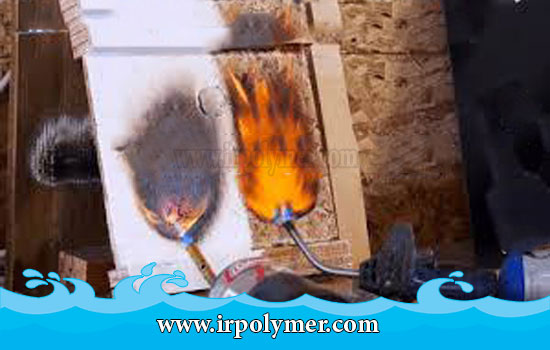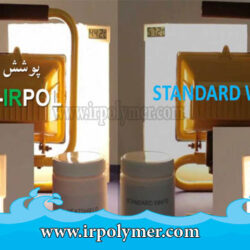Fireproof epoxy resin contains an oxidizing ring that is thermosetting. 85% of fireproof epoxy resin sales are based on Bisphenol A. However, despite its excellent mechanical and chemical properties, it has significant negative effects on human health. Therefore, alternatives or modifications should be sought to improve environmental issues. Synthesizing epoxy resin from renewable sources such as vegetable oils, isosorbide, lignin, cardol, etc., can reduce the adverse effects of Bisphenol A.
Epoxies can be used to create composites with excellent mechanical properties and as binders for coatings. The applications of coatings and adhesives are very diverse.
Applications of Fireproof Epoxy Paint
Epoxy resins are a class of materials with numerous applications. Due to their nature and good properties, such as electrical and chemical resistance, low shrinkage during curing, and good adhesion to fibers, they are highly regarded. They are used in the military industry for coating missiles and tanks and in the aerospace industry for coating aircraft. Fireproof epoxy resin is used as fireproof paint and fireproof coating, but it does not provide excellent flame protection. However, additives can be used to enhance its fire resistance while maintaining its good properties.
Fire risk is a critical issue that destroys materials such as wood, plastic, and textiles. Materials like epoxy resins can reduce the spread of fire and provide more time for rescuing people and structures.
First, the combustion reaction of epoxy must be identified, which can involve one or more flammable materials and an oxidizing component with oxygen from the air. This process begins with an increase in temperature, breaking polymer bonds, and causing volatile components to penetrate the mixture. The thermal degradation of the polymer is endothermic and requires energy.
Methods to Prevent Fire with Fireproof Epoxy Resin
Various methods can prevent fire:
- Reducing heat
- Preventing oxygen penetration
- Reducing flammable volatile materials in paints and coatings
- Using flame retardant materials
Mechanism of Fireproof Epoxy Paint
Fireproof epoxy paint works by producing a large amount of non-combustible gas. These gases are endothermic, reducing the temperature and slowing down the burning rate.
Using fireproof coatings, including mineral and polymeric coatings like epoxy resin, delays and makes structures fire-resistant. Based on their mechanism, they undergo reactions when exposed to heat that prevent combustion.
In the presence of heat, epoxy resin melts and becomes porous. Using an acid catalyst and carbon donor materials, it eventually expands and forms a thermal insulator, delaying the ignition of the structure. It is crucial that all components of fireproof paints are chosen correctly; otherwise, they will not provide good fire resistance. After producing any fireproof paint, including epoxy paints, various tests are conducted to verify and validate the fireproof mechanism.
These coatings are classified based on the materials used in their structure into halogenated, non-halogenated, intumescent, and mineral categories. They also fall into three application areas: heat-resistant, fire retardant, and fireproof.





